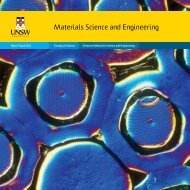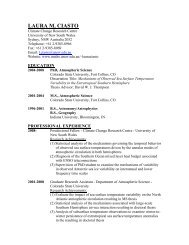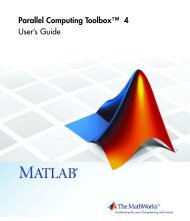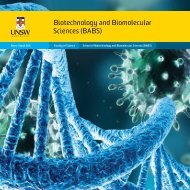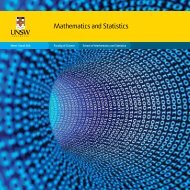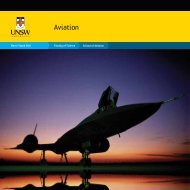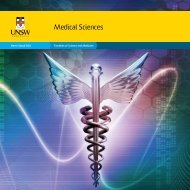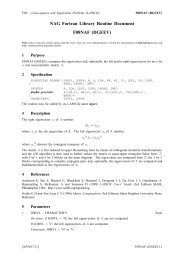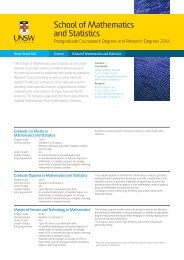2011 Postgraduate Research Competition - UNSW Science - The ...
2011 Postgraduate Research Competition - UNSW Science - The ...
2011 Postgraduate Research Competition - UNSW Science - The ...
You also want an ePaper? Increase the reach of your titles
YUMPU automatically turns print PDFs into web optimized ePapers that Google loves.
Page |23<br />
WO3 Nanostructured Thin Film Prepared by<br />
Cathodic Electrodeposition and its<br />
Photoelectrochemical Properties<br />
Wai Ling Kwong and Charles C Sorrell<br />
School of Materials <strong>Science</strong> & Engineering<br />
Abstract<br />
Nanostructured tungsten trioxide (WO3) has shown great promise as photoelectrode<br />
material for the application in photoelectrochemical water splitting due to its remarkable<br />
stability in acidic aqueous environment, good electrical conductivity, non-toxicity and a<br />
small band gap of 2.6-3.0 eV, leading to the adsorption of a reasonable fraction of the<br />
electromagnetic spectrum. <strong>The</strong> large specific surface area which provides more active<br />
reaction sites and the absence of the conventional space-charge layer which resulted in<br />
different charge separation in a nanocrystalline WO3 play important role in surpassing its<br />
counter part (planar film) in photoelectrochemical performance. In this study,<br />
nanostructured WO3 thin films were synthesized by cathodic electrodeposition technique<br />
because it offers a cost-effective way to deposit adhesive large-area stoichiometric thin films<br />
on electro-conductive substrates at low-temperature without the need of expensive<br />
instrument. <strong>The</strong> films were potentiostatically deposited from peroxotungstic acid aqueous<br />
solutions and its photoelectrochemical properties were studied. Uniform WO3 nanostructured<br />
thin films were obtained and they demonstrated high crystallinity and optical adsorption<br />
upon annealing. <strong>The</strong> optical, structural and photoelectrochemical properties of<br />
nanostructured WO3 were found to be tailored by varying the concentration of tungsten,<br />
electrolyte pH, deposition potential, temperature and post-annealing.<br />
Electric field-induced transformations in the<br />
lead-free piezoceramic 94%(Bi1/2Na1/2)TiO3-6%BaTiO3<br />
Abstract<br />
Hugh Simons and Mark Hoffman<br />
School of Materials <strong>Science</strong> & Engineering<br />
<strong>The</strong> structural origin of the large electric-field-induced strain in bulk 94%(Bi1/2Na1/2)TiO3-<br />
6%BaTiO3 has been investigated using in-situ neutron diffraction. This material is of particular<br />
interest as a substitute for lead zirconate titanate in high strain actuator applications. <strong>The</strong><br />
unpoled structure shows an unusual combination of near-cubic phases with differing tilting<br />
modes of the oxygen octahedra and a periodic modulation of the atomic positions. An<br />
electric field was applied stepwise to a maximum of 4kV/mm with texture patterns collected<br />
at each field value. It was found that low-magnitute electric fields (



